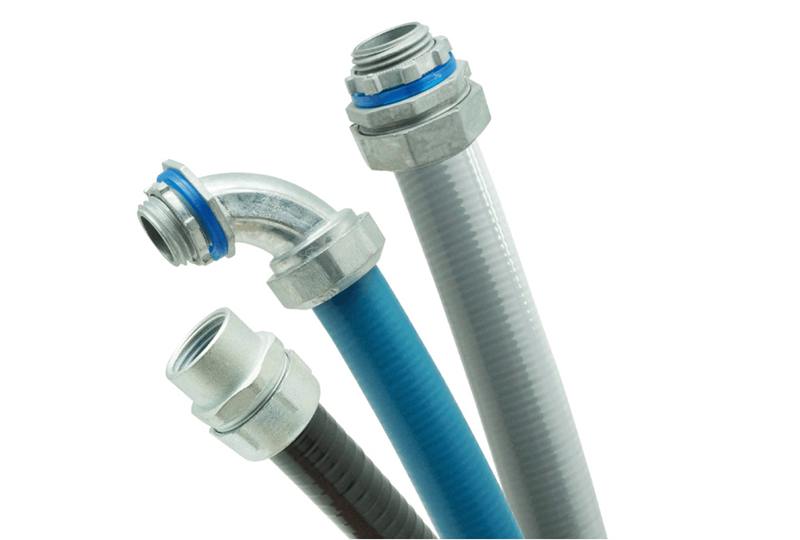As a Flexible Conduit Factory, there is some information to share with you. Although metal hoses can be stretched and stretched, they can break quickly and reduce their service life if they are not installed in the correct position. The hose can be installed horizontally or vertically or diagonally. Ideally, it should be installed vertically, and should be installed near the wheel. If necessary, a baffle can be added.
Flexible Metal Conduit
The Flexible Metal Conduit can generally be divided into three lengths: the first is the compression length, which is the length when the hose is compressed to a defined position; the second is the installation length, which is halfway between the defined displacements. The length of the hose; the third is the stretched length and the hose is stretched to a defined length.
When installing the hose, the hose should be in the middle position, the so-called installation length. In this position, the hose can have two moving directions when subjected to axial load. Otherwise, if it can only move in one direction, it will affect the strength of the metal hose and reduce the service life.
In the actual installation process, considering the use of the ruler to calculate the length of the hose and then installing it may affect the production efficiency. Some manufacturers install the ruler directly on the hose, and cut off the ruler after installation.
1. When selecting a metal hose, please use a metal hose with a loose flange at one end for easy installation.
2. The surface of the metal hose should be protected during the welding work at the construction site to prevent welding slag and arc ignition from burning the metal hose.
3. It is strictly forbidden to twist the metal hose.
4. It should not be bent along the root of the metal hose, and there should be no dead bends.
5. The medium to be passed shall not be corrosive to the material of the bellows. The chloride ion content in the medium shall be ≤25PPM.
6. Strict installation and installation of the correct installation method.
7. It is strictly forbidden to mechanically damage the flange sealing surface.
The structural form of the Metallic Conduits connection is roughly divided into a spiral type and a flange type:
1. Thread type: The joint of metal hose with a diameter of less than 50 mm is mainly threaded when subjected to high working pressure. After tightening the thread, the inner and outer taper faces on the two joints Close cooperation to achieve sealing. The cone angle is generally 60 degrees and is also useful for 74 degrees. The structure is well sealed, but it is necessary to ensure the concentricity of the two docking parts during installation. In order to solve the problems of repeated disassembly, assembly and difficulty in concentricity often seen in actual engineering, the joint can also be designed as a combination of a tapered surface and a ball head.
2. Flange type: The joint of the metal hose with a diameter of 25 mm or more is mainly flanged under the condition of normal working pressure, and it is sealed in the form of a gutter. The looper flange, which can be rotated in the radial direction or in the axial direction, is connected to the two bodies by the tension of the fastening bolt. The structure has good sealing performance, but the processing is difficult, and the sealing surface is easily damaged. In the case where quick unloading is required, the hole through which the fastening bolt passes can be cut out to form a quick release flange.

评论
发表评论